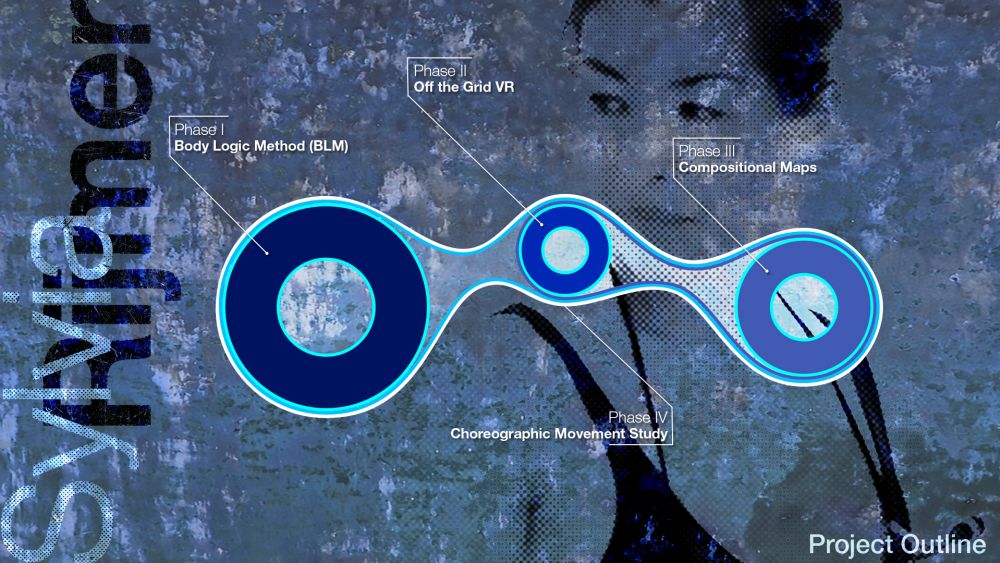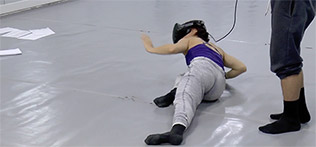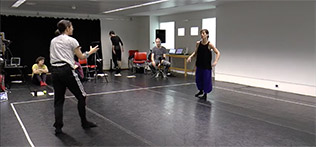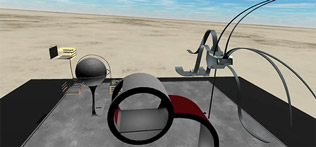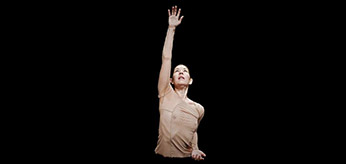
She studied at the The Juilliard School (USA), Elmhurst Ballet School (U.K), Het Nationale Ballet Academie Theaterschool (NL), , and Ballet Sumber Cipta (ID), and holds degrees and certificates from the Royal Academy of Dancing (U.K), and the Imperial Society of Teachers of Dancing (U.K).
She danced professionally at Ballet Gulbenkian (PT), Tokárt (PT), Stageworks Rui Horta (PT), Ana Roethlisberger Co. (CH), Marcel Leemann Physical Dance Theatre (CH), Bern Ballet (CH), Cie. DRIFT (CH) and Stadttheater Giessen (DE), amongst others. She danced in original creations by Örjan Andersson, Stijn Célis, Foofwa D’Immobilité, Jacopo Godani, Rui Lopes Graça, Rui Horta, Gilles Jobin, André Mesquita, Hervé Robbe, Phillipe Saire, Didy Veldman, and Lila York, to name a few. She also danced works by Mauro Bigonzetti, Marie Chouinard, Nils Christe, Jiří Kylián, José Limón, Ohad Naharin, David Parsons, Paul Taylor, Pierre Wyss and Lila York, and worked on a solo creation under the guidance of Ivo Dimchev. She has created group and solo works in Switzerland, Portugal, and Spain, within collaborative processes between dancers, visual artists, computer scientists, musical composers, neuro-scientists and neuro-linguists.
As a rehearsal assistant she has worked closely with Portuguese choreographer, Olga Roriz on three original creations; Sagração da Primavera, Terra and Orfeu e Euridíce, for Companhia Olga Roriz (PT), and The National Ballet Company (PT), and Balé Teatro Guaíra (BZ).
As a researcher, she is currently collaborating as a guest choreographer with the scientific BlackBox team at FSCH-UNL in Lisbon. Her work is framed around cognitive attention and habitual movement patterns in dance. Using collaborative, trans-disciplinary and multimodal dialogue, she questions cognitive deliberation within her choreographic process.
Sylvia was awareded the Phillip Morriz Prize at the 1994 International Theatreschool Festival (NL), and was nominated Outstanding Young Dance Nominee by Swiss dance critic Lilo Weber in 2001. She is the recipient of a BFA in dance, (The Juilliard School, USA), a M.A in Dance Teaching (Superior Dance School/IPL, PT), and is due to defend her Specialist Title in Dance in 2019 (IPL, PT).


